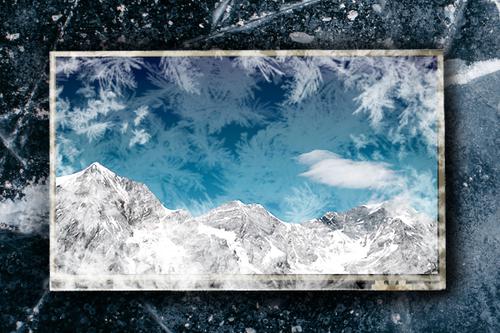ITO LCD-Heater

Securing LCD functionality at minus degrees
We already showed the changeover “delay” of an ASTN LCD by the means of a case study. The necessary time for a change of content at 0°C - -30°C in relation to temperature was pointed out. For some applications it is formally required to assure functionality at -40°C. As switching times do not go unnoticed there is only the option of an additional heating foil integrated in the LCM, for existing applications. For customer-specific new developments of LCDs, there is also the alternative of integrating a heating level directly into the display by means of the ITO layer.
Heating foils can be manufactured exactly to the dimensions of the LCD or a LCM and usually have a thickness of a few tenths of a millimeter. The heating foil is then placed as an intermediate layer between PCB and display, or the backlight. To operate the heating foil, it is essential to provide an additional required controller IC specifically for this purpose, which controls nothing but the switching cycles of the temperature sensors. A point that, of course, has to be taken into account in terms of additional power consumption in handheld and battery operation.
In the customer-specific development of LCDs and LCMs, separate ITO layers that take on a heating function can be provided on the lower glass of the display as an alternative to the heating foil. These layers are also driven by an independent controller and also require a separate contact to the PCB.
This form of heating allows segment-based LCDs to guide the heating layer around individual segments. For graphic LCDs, a frame is placed around the Active Area, which performs this task. Selfsame applies to either types of dew formation, respectively the protection against moisture in the device.



